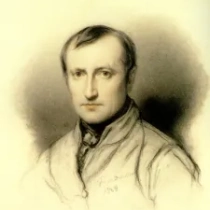 1797 - 1856
academic classicism
1797 - 1856
academic classicism
Description Paul Delaroche
Paul Delaroche, born in 1797 in Paris, navigated the tumultuous currents of 19th-century French art, leaving an indelible mark as a history painter. His trajectory unfolded against the backdrop of political upheavals, witnessing the fall of empires and the rise of a modern era.
Delaroche's early training under Antoine-Jean Gros and Paul Huet set the stage for his artistic journey. His entry into the prestigious École des Beaux-Arts positioned him within the academic tradition, and his penchant for historical subjects became evident early on.
His breakthrough came with the painting "Joan of Arc Being Interrogated in Prison," which garnered acclaim and established Delaroche as a rising star in the Parisian art scene. His meticulous attention to historical accuracy, combined with a flair for dramatic storytelling, became hallmarks of his style.
As a history painter, Delaroche embarked on grand compositions depicting historical events and figures. "The Execution of Lady Jane Grey" and "The Young Martyr" exemplified his ability to infuse historical narratives with emotional intensity and a keen sense of detail. His skill in rendering textures and fabrics was particularly noteworthy.
Delaroche's success extended beyond the canvas to his role as a professor at the École des Beaux-Arts. His influence on the next generation of artists was palpable, shaping the academic training of aspiring painters.
In the evolving artistic landscape of mid-19th century France, Delaroche's commitment to historical subjects faced criticism from proponents of more avant-garde movements. The emergence of Realism and Impressionism challenged the academic conventions that Delaroche embodied. Nevertheless, he continued to receive prestigious commissions, including works for the Louvre.
Tragedy marked Delaroche's personal life, with the death of his wife and children weighing heavily on him. His later years saw a shift in style as he experimented with frescoes, incorporating new techniques into his repertoire.
Paul Delaroche's life came to a tragic end in 1856 when he drowned in the Seine. His legacy, though at times overshadowed by the changing tides of art, endures in the grand historical narratives that he brought to life on canvas. Delaroche's dedication to storytelling through painting and his impact on academic traditions remain integral to understanding the complex interplay of history and art in 19th-century France.
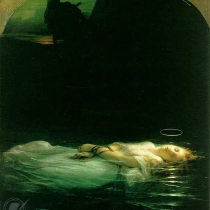
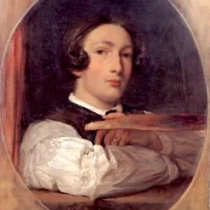
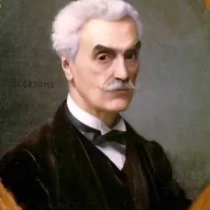
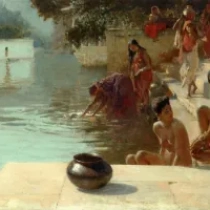
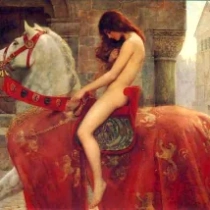
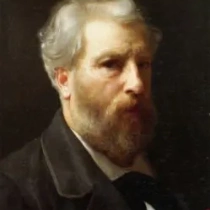
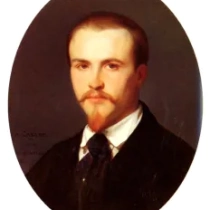
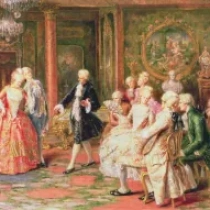
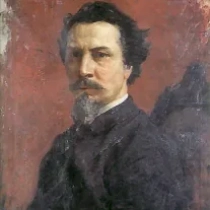
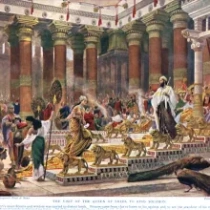
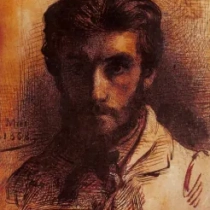
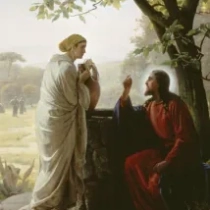
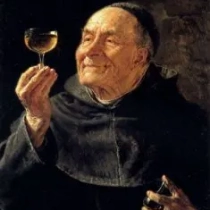
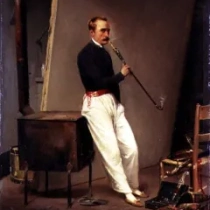
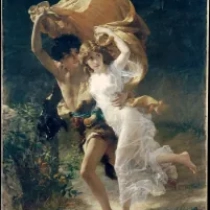
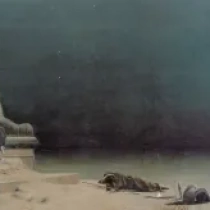
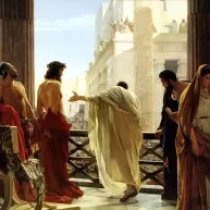
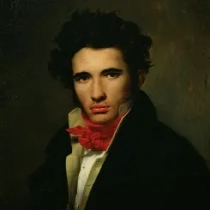
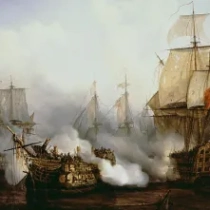
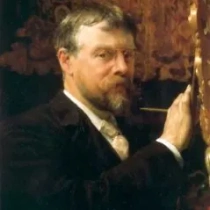
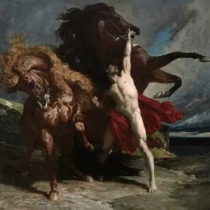
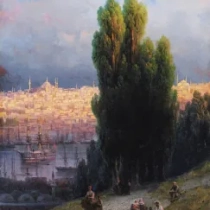
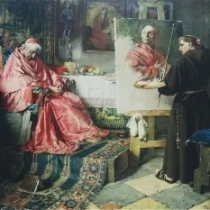
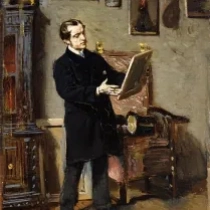
No Comments Yet...